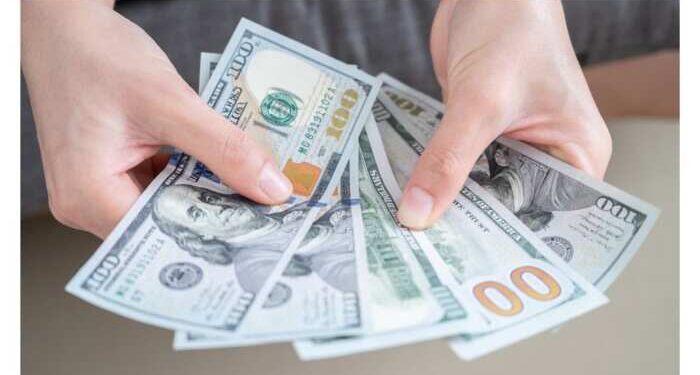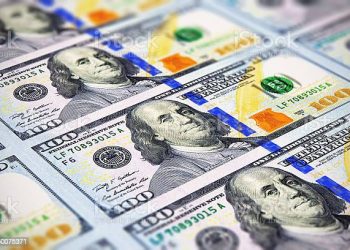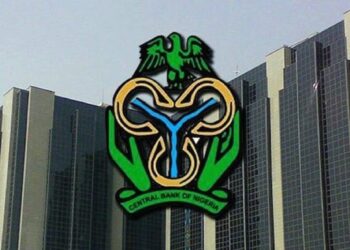The U.S. dollar has surged in recent months, gaining more than 6% relative to the currencies of other major trading partners since mid-July. The rally has reversed the dollar’s decline from the start of the year and ran contrary to consensus expectations.
The major reason for the dollar’s recent rally has been the upward shift in expectations about the path of U.S. interest rates. At the start of the year, it appeared that the Federal Reserve would end its rate hikes mid-year and then begin lowering rates in late 2023 or early 2024. At the same time, central banks in other major countries were seen continuing their rate hiking cycles. Those expectations have changed due to the surprising resiliency of the U.S. economy and persistence of inflation pressures.
Consequently, the difference in interest rates between the U.S. and other major countries reversed the declining trend in July and started moving sharply higher, propelling the rebound in the dollar. All else being equal, higher interest rates make a currency more attractive to hold.
The dollar has also benefited from strong foreign direct investment inflows, largely from close trading partners. Investment in manufacturing facilities has accounted for much of the increase as companies shift production to the U.S. market amid trade disputes.
In contrast to the resiliency of the U.S. economy, growth in Europe and China has been weaker than expected. Germany, Europe’s largest economy, has fallen into recession and China’s growth has been held back by high debt levels in the property sector and a slow emergence from COVID-19 lockdowns.
The Japanese yen has also been weaker than anticipated. Coming into the year, it looked like rising inflation would lead the Bank of Japan to allow interest rates to rise from the zero bound that has prevailed for years, and even exit its “yield curve control” policy. However, the signals from the Bank of Japan have been mixed. Bond yields have moved up, but it’s still retaining the yield curve control policy which limits the upside. Consequently, since the Bank of Japan stepped in to cap rising yields, the Japanese yen has fallen back toward levels last seen in the late 1990s.
Emerging market (EM) currencies have also dropped versus the dollar in recent months. In this interest rate cycle, EM countries have tended to lead by hiking rates earlier than the major developed country central banks, which helped support some EM currencies. Lately however, there have been a handful of rate cuts by EM central banks. It’s a diverse set of countries with huge differences. Those countries that have borrowed in U.S. dollars are the most vulnerable to the combination of rising interest rates and a strong dollar.
Overall, the dollar’s strength is likely to continue until there are signs that the Federal Reserve is poised to shift from its tight monetary policy stance to easing. We don’t expect the dollar to go back to last year’s peak. However, it is likely to remain in an uptrend until the underlying fundamental factors propelling it higher change.
For U.S. dollar-based investors, it is challenging to make the case for a significant allocation to foreign bonds given the wide interest rate differentials. Moreover, the correlation between U.S. and foreign bonds is very high. In the past, the correlation has declined during recessions or downturns in the global economy with EM bonds offering the greatest diversification from U.S. bonds. However, EM bonds tend to be far more volatile and may not be appropriate for many investors. For now, we suggest limiting allocation to foreign bonds until there is a better opportunity.











